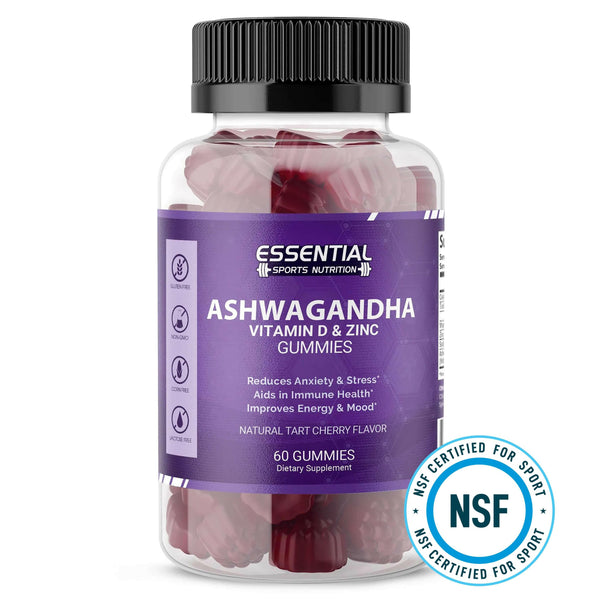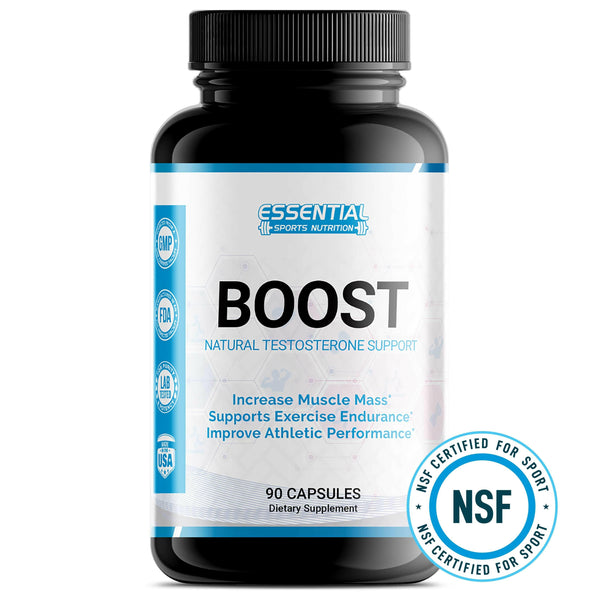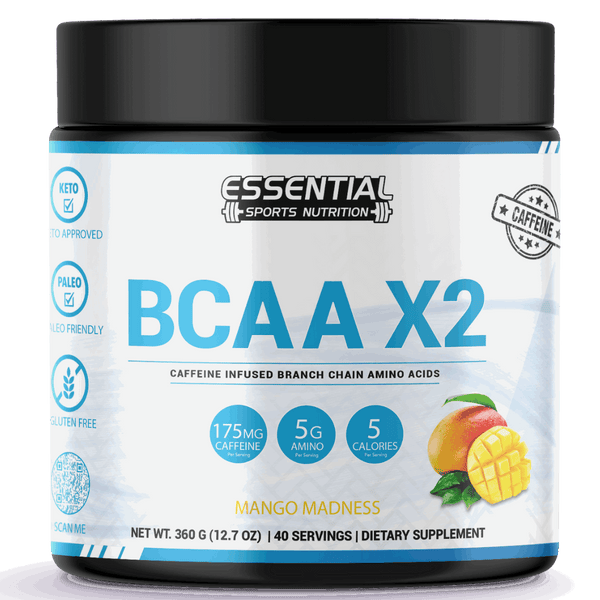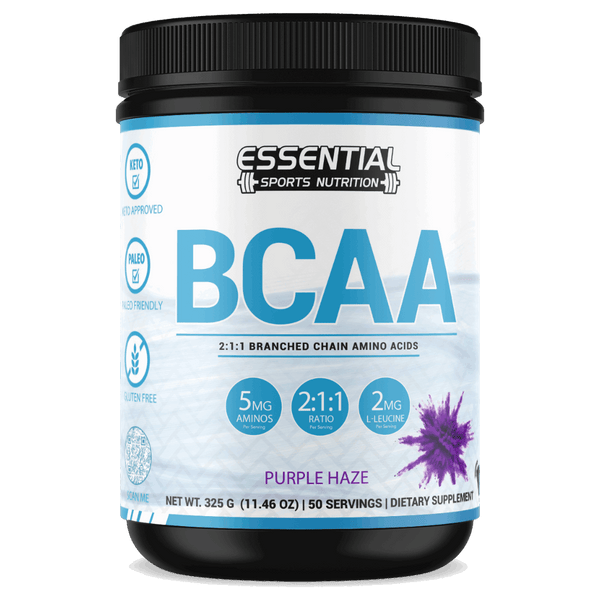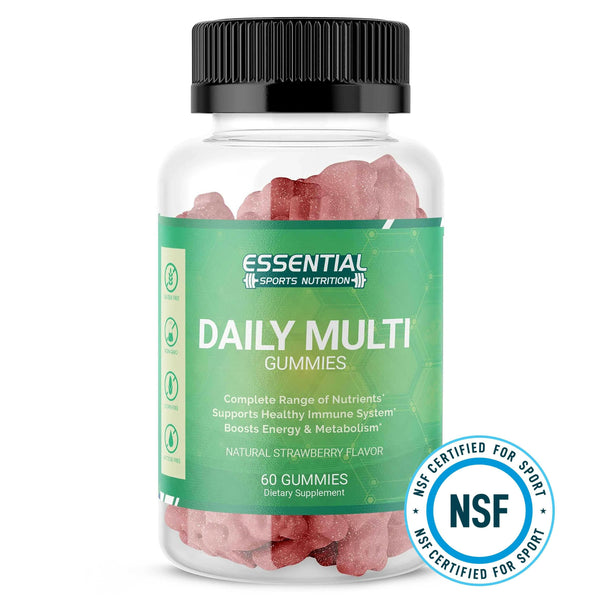Unlock Superhuman Grip Strength with These Powerful Exercises
Grip strength is crucial for everyday tasks, from opening jars to lifting heavy objects. Many struggle with weak hand grip and look for ways to improve it. A key fact to note: strong grip not only helps in daily activities but also signals good muscle health and endurance.
This article dives into effective exercises that can boost your hand strength significantly. You will learn about different muscles in your hands and forearms, like the forearm stretchers and squeezers, thenar (thumb) muscles, and various exercises such as squeezing a tennis ball, twisting towels dry, doing bicep wind-ups backward with weights, carrying heavy loads like farmers do, holding onto weights with just a pinch of your fingers, hanging from bars without support just by gripping them tightly or pulling yourself up on these bars as well as workouts designed specifically for strengthening grips using tools designed for this purpose.

Key Takeaways
- Strong grip strength shows good muscle health and can lower the risk of heart disease.
- Exercises like squeezing a tennis ball, towel wringing, and farmer's carry make hands stronger.
- Key muscles for grip include forearm extensors, flexors, and thenar muscles.
- Simple tools like tennis balls or hand grippers improve grip without needing a gym.
- Changing exercises often avoids injuries and keeps making your hands stronger.
Significance of Grip Strength

Having strong grip strength is more than just about being able to hold onto things tightly. It serves as a key indicator of your overall health and fitness level. This strength reflects not only muscle power in your hands but also in your entire body, showing how fit you are.
Studies have linked better grip strength to a lower risk of heart disease and stroke, proving that something as simple as squeezing a tennis ball can be part of keeping your heart healthy.
Improving your grip can also lead to a longer life and a better one at that. People with stronger grips tend to do everyday tasks more easily and are less likely to suffer from diseases related to weakness like osteoarthritis or carpal tunnel syndrome.
Regularly engaging in exercises like plate pinches or using hand grippers not only boosts the muscles in your forearms but also contributes significantly to bone density, reducing the likelihood of breaks or fractures as you age.
Key Muscles Involved in Grip Strength
Grip strength depends on several key muscles in the arm and hand. These include the forearm extensors, forearm flexors, and thenar muscles which help you hold onto things tightly and move your fingers.
Forearm Extensors
Forearm extensors are key muscles for improving your grip strength. These muscles run along the outside of your forearms. They help you open your hands, lift objects, and perform movements where you need to keep a firm hold.
To make these muscles stronger, you can do reverse wrist curls and use weights in your workout. This trains not only the forearm extensors but also boosts overall muscle strength in your arms.
Including exercises that target these important muscles is a smart way to enhance performance in weight lifting and other physical activities.
Forearm Flexors
Forearm flexors play a crucial role in how tightly you can grip something. These muscles work by bending your wrist and fingers, which helps in exercises that require a strong hold like deadlifts or pull-ups.
They include the palmar interosseous, adductor pollicus, and flexor digitorum profundus, all vital for enhancing hand strength.
To strengthen these muscles, focus on movements that involve wrist curls or gripping tightly. Exercises such as reverse curls target these areas effectively. Using barbells or resistance bands can increase muscle power in your forearm's finger flexor region.
Training them not only improves your grip but also benefits overall forearm health and performance in various sports and daily tasks.
Thenar Muscles
Thenar muscles play a big role in how we move our thumbs. These muscles help us grip things tightly and pinch objects between our thumbs and fingers. If these muscles aren't working well, it can make holding onto things hard.
This might lead to weaker handshakes or trouble picking up small items.
Taking care of your thenar muscles is key for strong hands. Exercises that focus on thumb movements can boost power grip and prevent problems like finger clawing. Keeping these muscles in good shape helps with everyday tasks like opening jars or writing without pain.
Effective Grip Strength Exercises
Discover exercises that make your hands stronger, like squeezing a tennis ball and lifting weights. These workouts help build muscle in your arms and improve how tightly you can hold or pinch things.
Try them to see how much stronger your grip can get!
Tennis Ball Squeeze
Grab a tennis ball and squeeze it tight for 15 seconds. This simple exercise strengthens your grip by working the muscles in your hands and forearms. You can do it anywhere, making it perfect for people who are always on the go or sitting at a desk.
Doing this repeatedly has shown to boost hand strength in athletes, especially those playing sports like tennis where a strong grip is vital. Make sure to switch hands after each set to keep the strength balanced on both sides.
Towel Wringing
Towel wringing is a great way to make your grip stronger and build up the muscles in your forearms. First, soak a hand towel in water until it's fully wet. Then, hold it with both hands and twist it as if you're trying to squeeze out every drop of water.
This motion works the wrists and makes the forearm muscles work hard.
Keep doing this exercise by soaking the towel again when it gets too dry. It's simple enough to do at home and doesn't need any special equipment like kettlebells or pull-up bars. Over time, adding this activity to your routine can help increase hand strength significantly, making tasks that require a strong grip much easier.
Reverse Wrist Curls
Reverse wrist curls are a powerful exercise for boosting hand strength. You do them by holding a barbell with an underhand grip, your hands shoulder-width apart. Sit on a bench and rest your forearms on your thighs or the bench itself, letting only your wrists hang off the edge.
Lift the barbell by curling your wrists upward, then lower it back down slowly. This motion targets muscles in your forearms, wrists, and fingers all at once.
Adding reverse wrist curls to your workout increases forearm muscle power and improves grip for lifting heavy objects like dumbbells or doing chin-ups. Use light weights at first to avoid strain and add more weight as you get stronger.
Consistent practice leads to better performance in other exercises that require solid grip strength, making this move essential for anyone looking to enhance their overall hand health and capability in weightlifting activities.
Farmer’s Carry
Farmer’s Carry strengthens your grip by making you hold on to weights tightly as you walk. This exercise uses the entire body, and it is like carrying heavy shopping bags from the car to your house.
You must keep a good grip on the dumbbells or kettlebells so they don't slip from your hands. This builds muscle in your forearms and improves how well you can hold things.
This exercise also boosts power for other gym activities such as pulling up bars or rowing machines. It's great for people who climb rocks, lift heavy objects, or practice fighting sports.
Besides making your hands stronger, Farmer’s Carry helps with posture and increases stamina because it works many muscles at once.
Plate Pinch
Plate Pinch is a top exercise for making your grip stronger. You hold weight plates in your hand with the smooth sides out. This makes it harder to hold on, which builds muscle in your hands and forearms.
Start with lighter weights and add more as you get stronger. You can do this without any bars, just using the plates themselves to increase the challenge.
This exercise is great because anyone can learn it quickly. It helps improve not only your grip but also boosts how strong your forearm muscles are overall. Adding more plates makes it tougher, testing how well you can keep holding on as you progress.
This method lets you strengthen your hands bit by bit, leading to better health benefits like sharper thinking and feeling happier.
Dead Hang
Dead hangs increase hand strength and grip power. To do a dead hang, grab a pull-up bar with both hands. Make sure your palms face away from you. Let your body hang freely from the bar.
Keep your arms and legs straight. Your shoulders should also stretch out nicely in this position. Hold onto the bar as long as you can to work on your grip.
This exercise not only boosts grip strength but also helps in forearm and wrist flexor development. It improves shoulder mobility too, which lowers injury risks. People who practice dead hangs might see better posture, enhanced shoulder health, and even enjoy a longer life because of stronger grips needed for daily tasks.
Pull-ups
Pull-ups work out your arms, shoulders, and back. They make you stronger and fitter. This exercise not only helps improve how your body looks but also boosts the health of your joints and bones.
Hanging on a bar strengthens your grip even if you don't do the full pull-up.
To start doing pull-ups, grab the bar with both hands facing away from you. Lift yourself up until your chin goes over the bar. Then lower yourself down slowly. Doing this several times will build muscle in key areas and enhance your strength training routine.
Exercise for Hand Grippers
Using a hand grip strengthener is a great way to boost power in your hands and forearms. Start by holding the gadget in your palm. Squeeze it with all your might for a few seconds, then release slowly.
Aim for multiple squeezes, increasing the number each session. This exercise improves dexterity too, making it easier to perform tasks that require fine motor skills.
For those seeking more challenge, adjust the resistance on the gripper as you get stronger. This ensures your muscles keep adapting and growing stronger over time. Make sure to practice with both hands to maintain balance in muscle development.
The goal is consistent improvement, so be patient and persistent with your efforts.
Tips to Improve Grip Strength
Improving your grip strength is vital for everyday tasks and fitness goals. Strong hands help in weightlifting, climbing, and even simple things like opening jars.
- Start with the basics: Use simple exercises like the tennis ball squeeze or towel wringing to begin strengthening your grip. These activities use items you already have at home, making it easy to start right away. Squeeze a tennis ball as hard as you can for a few seconds before releasing it. For towel wringing, hold a towel with both hands and twist it as if you are trying to wring water out of it.
- Incorporate resistance training: Add resistance exercises into your fitness routine. Exercises like deadlifts strengthen not just your grip but also improve overall muscle health in your arms and back. Using equipment like kettlebells or dumbbells during these exercises challenges your grip further, leading to stronger hands and forearms.
- Use grip-specific tools: Hand grippers are designed specifically to enhance crush grip strength. These portable devices allow you to adjust the resistance level, making them perfect for beginners and advanced users alike. Practice closing the gripper with each hand for several repetitions to improve grip endurance and strength over time.
- Engage in activities that require gripping: Rock climbing and pull-ups are great examples of activities that naturally improve your grip strength due to the constant demand on your hands and fingers. These actions not only strengthen the muscles responsible for gripping but also increase endurance in those muscles.
- Vary your exercise routines: Change up your workouts regularly to avoid overuse injuries and keep improving your strength. Include a mix of pinch grips, such as plate pinches where you hold weight plates between your fingertips, support grips like holding onto barbells during deadlifts or chinups, and crush grips using hand grippers or by squeezing soft objects.
- Practice good form: Always ensure proper form during any exercise or activity that involves gripping. This reduces the risk of injury and ensures that the correct muscles are being worked effectively. Pay attention to how you hold objects or weights; this can make a big difference in how effectively you're able to strengthen your grasp.
Remembering these tips can help you build stronger hands over time, enhancing not just fitness performance but also daily functionality.
Conclusion

Grip strength exercises, like the tennis ball squeeze and farmer's carry, can boost your hand power. These simple moves are easy to do at home and require no special gear. Will you try them today for stronger hands? Strong grip helps in tasks from lifting weights to opening jars.
More practice could even improve your weightlifting skills. Let this be your motivation: stronger hands start with simple steps today.
Improving Your Grip Strength FAQs
Q: What is grip strength?
A: Grip strength refers to the amount of force your hand and forearm muscles can generate when holding onto an object.
Q: Why is grip strength important?
A: Grip strength is crucial for daily tasks like opening jars, as well as for activities like weightlifting, rock climbing, and tennis.
Q: What exercises can improve my grip strength?
A: To improve your grip strength, try exercises like deadlifting, farmer's carry, and bicep curls. These activities help by flexing and contracting your muscles in ways that enhance grip.
Q: Can strengthening my grip help prevent injuries?
A: Yes! Strengthening your grip can reduce the risk of tendonitis and other injuries by supporting stronger tendons and muscles around areas prone to injury like elbows and wrists.
Q: How does improving grip strength benefit my overall health?
A: Improving your grip strength has been linked with lower mortality rates from conditions such as cardiovascular disease. Stronger grips are often a sign of better overall muscular health.
Q: Are there specific exercises for people with arthritis or hand pain?
A: People with rheumatoid arthritis or hand pain can benefit from gentle strengthening exercises under the guidance of a physical therapist. Isometric exercises, which involve muscle contractions without moving the joint, are particularly helpful.
Q: Do I need special equipment to work on my grip strength in the weight room?
A: While special equipment like kettlebells and bumper plates can enhance your training, basic weight training with proper form during lifts like squats, bench press, and power cleans also significantly improves grip strength.
Q: What kind of exercise should I avoid if I have elbow problems but want to increase my hand strength?
A: If you have issues like tendonitis or a pinched nerve near your elbow, avoid overstraining it with high-intensity lifts or repetitive motions that worsen pain or numbness. Focus instead on low-impact strengthening exercises recommended by healthcare professionals.
Q: How can I improve my grip strength?
A: You can improve your grip strength by doing exercises like wrist curls, deadlifts, pull-ups, and squeezing a tennis ball.
Q: What are the best exercises to improve grip strength?
A: Some of the best exercises to improve grip strength include deadlifts, farmer's walks, fingertip push-ups, and using a grip strengthener.
Q: What are some types of grip strength?
A: Types of grip strength include crush grip (squeezing), pinch grip (using the fingers and thumb), and support grip (holding onto something for an extended period).
Q: How often should I train my grip strength?
A: It's recommended to train your grip strength 2-3 times per week, allowing for adequate rest between sessions to prevent overtraining.
Q: Can grip strength exercises help with wrist and forearm strength?
A: Yes, many grip strength exercises also target the wrist and forearm muscles, helping to improve overall strength in those areas.





